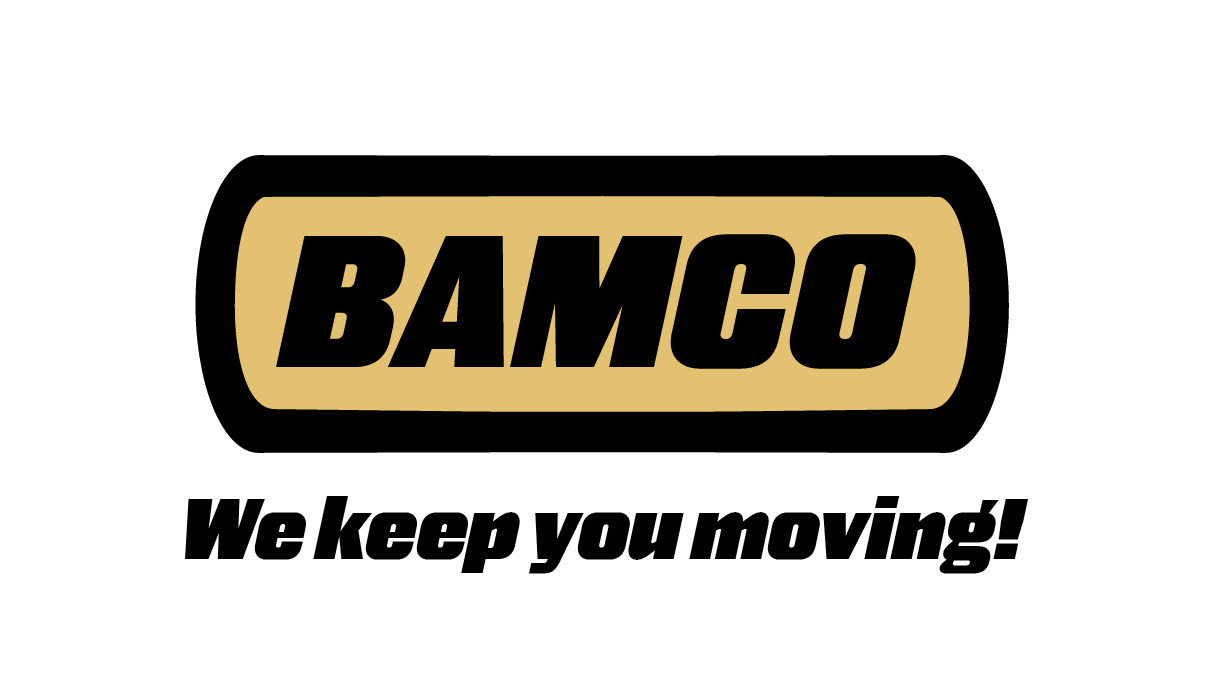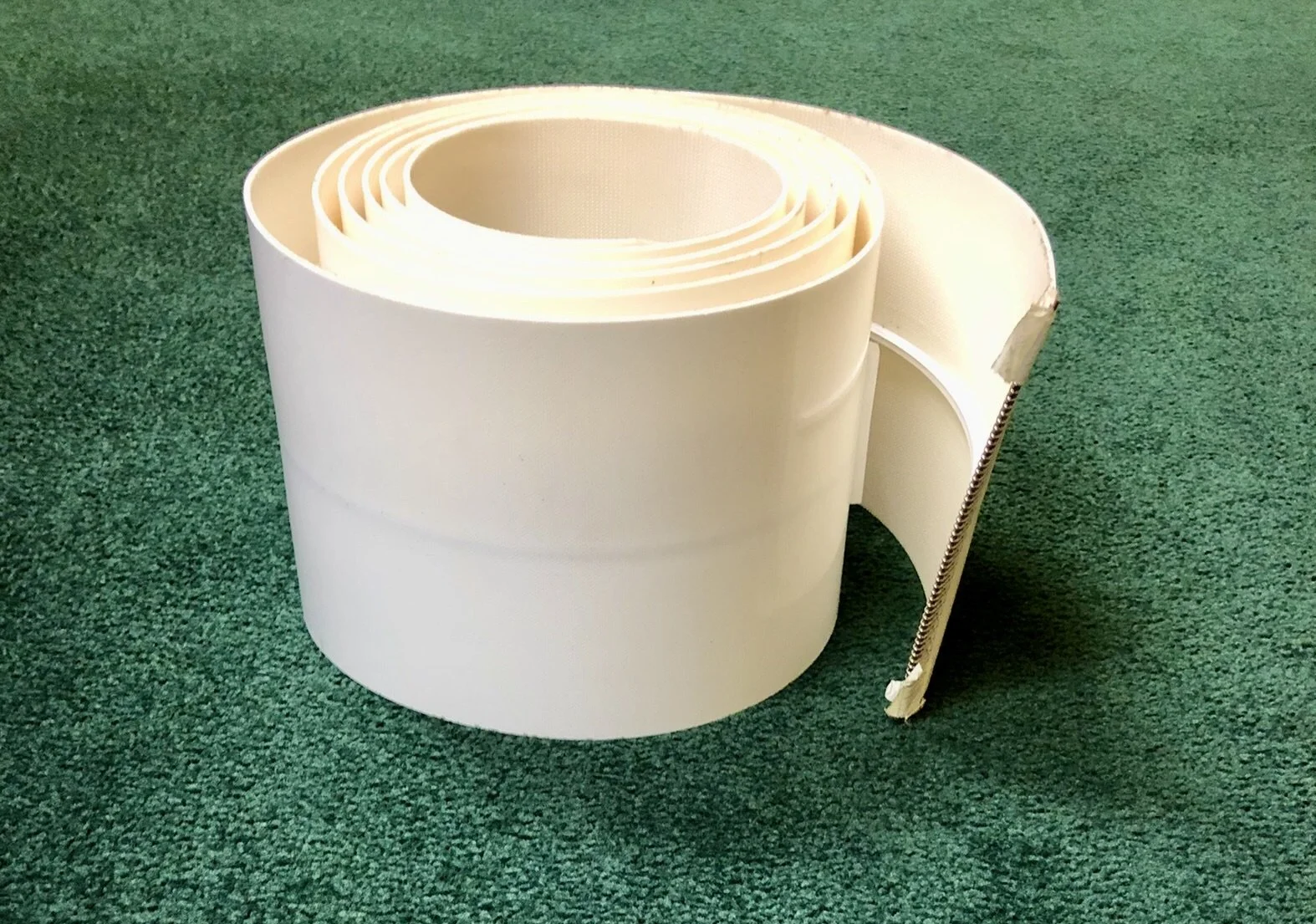Conveyors are built to move materials from point A to point B. However, this is not always the case. Sometimes issues in the system can lead to shut downs, damage to the system, or even hazardous conditions for workers. This article is going to cover the three most common forms of conveyor issues along with reactive and preventive measures to fix them.
Mistracking
This is simply defined as when the belt is no longer aligned with the track that it is supposed to be following. You will notice this because the belt will drift to one side or the other. For the rolling components to accurately steer the belt, the rollers need to be:
Clean
Rolling
Aligned
Touching the belt
There are two categories of causes or “conditions” that will causes the rollers to not meet the criteria above. They are environmental conditions and machine conditions.
Environmental Conditions
These are considered to be things that you are doing that cause the belt to mistrack. Environmental conditions often inhibit the “clean” necessity that allows belts to properly track. Carryback is often a result of an unclean system that has too much dirt, dust, or material build-up. A preventive measure that can prevent this would be the installation of belt scrapers.
Loading conditions are another example of environmental conditions that may cause the belt to mistrack. Off center loading is when materials are loaded heavily on one side of the belt instead of being evenly distributed. This causes more tension on one side of the belt and the belt will then track to that side. Segregated loading is another less common loading condition that may lead to mistracking. When materials of different sizes are being conveyed, the vibrations of the machine will cause the smaller pieces to go to the bottom where the larger pieces will stay at the top. This causes the material to be unloaded in different directions and therefore puts more pressure on one side of the head pulley. A great way to prevent this is to use a center drive instead of an end drive.
Improper skirting conditions is the last of the environmental condition that will lead to mistracking. The best way to prevent this is to make sure to support the belt with closely stacked idle pulleys.
Machine Conditions
These are defined as things that you have that are causing the belt to mistrack. Machine conditions often apply to the “rolling”, “aligned”, and “touching the belt” necessities for proper tracking.
Bent, loose, or misaligned rollers/ machine structure is one of the most common improper machine conditions. It is important that all terminal pulleys are aligned. Terminal pulleys include the drive, tail, bend, and take up pulleys. One needs to always keep in mind that the belt will always run to the side of the roller that the belt touches first. This is due to the fact that this side will always have the most tension. Therefore if the belt is running off the side of a certain roller, you always need to adjust the one previous to it.
Seized rollers are a prime example of not rolling that will lead to mistracking or even blockages (we will address this later on). This issue is usually due to the roller’s construction. Steel rollers have the tendency to seize more than any other material. Seizing can cause the rollers to have sharp edges that can further damage the belt and the system as a whole.
Splicing, lacing, and belt storage are another machine condition that allows for mistracking. It is very common for the corners of the belt to not be exactly square. If you use non-squared edges as a measurement for making your splice, you may end up with a crooked splice or mismatched lacing. When this happens tension will not be equal across the width of the belt. The belt will then pull to the side of the lacing/splice that has more tension. To prevent this, use an average center line. To get this you will measure halfway across the width of the belt at several points lengthwise. You will then connect these spots with a pen/chalk and use this line to square up the lacing/splice.
Camber
This is a bend in the belt that results from one side stretching while the other doesn't. If the camber results in a bend of more than 1 inch per 100 feet the belt needs to be thrown out. The most common cause of camber is when you store the belt on its side (as shown in this picture). To prevent this, make sure to look at proper belt storage methods.
Cupped conveyor belts are when the belt bends upwards on both sides. If there is too much stretch on the belt, this is a common outcome. Always make sure to install belts to the specified elongation rate. Heat and chemical exposure is another common cause of belt cupping. Make sure that your belts are assembled out of the proper materials for the operation.
Junction joint failures (or M belts) are when several parts of the belt, but not all of it, are touching the pulley. This is due to the belt being forced into the trough too soon. Prolonged JJF can result in damage to the belt and the machine.
How To Handle Mistracking
Identify the root causes: As you can see above there are a lot of reason that a belt can be mistracking. Knowing the root causes can allow you to take the proper proactive or reactive steps to make sure that the belt tracks properly.
Identify rollers with low tension: Belts that are under lower tension tend to have more contact with the rolling component than parts with high tension. This gives lower tension pulleys more control and steerability than pulleys with higher tension . When it comes to the drive pulley the most tension will be right before the pulley and the least tension will be right after it. With that being said, low tension pulleys tend to be on the return side. To find the low tension pulley, check the roller after the drive pulley. If it is fine move down the system until you find the issue.
Make adjustments to the rollers
Belt Slippage
Slippage happens when there is not enough grip between the belt and the drive pulley. When there isn’t enough tension the pulley cannot run the belt around itself which causes higher tension in certain spots than in others. The stretching of the belt can sometimes be heard and the belt can break in extreme cases.
Common Causes
Wrong belt or bad installation: Belts can be too heavy and apply too much pressure on the pulleys
Grip: Due to wear and tear the grip on the back of the belt can start to disappear.
Pulley build-up
Heavy loads
Cold temperatures
Solutions
Adjust belt tension: This might seem like the immediate “go-to” solution however most belts that are slipping are already over tensioned. If you do decide to adjust the tension do so in small increments to not damage the belt/machine.
Get the right belt in regards to the O.E.M’s specs: If the belt is too heavy, go lighter. If it is slipping due to heavy loads, get the extra strength version of the belt.
Get the right pulley: If your pulleys are worn, go get a new one. Small pulleys are an economical solution compared to broken belts or machinery.
Install a snub pulley: The purpose of a snub pulley is to increase tension on the return side of the belt. This increases the contact between the belt and the drive pulley resulting in more friction.
Maintain the system: This is a very easy proactive step to prevent slipping. Clean the belt and the pulley so that dust and other materials don’t build up in the system.
Blockages
This is very self explanatory. Blockages are when one item gets snagged which leads to all of the following items behind it to build up. This can be very costly and is often random and hard to predict. To prevent this you need to constantly inspect the conveyor for edges or corners that may snag products. Also make sure that small materials that can clog the system are not being built up.
Sources
https://www.youtube.com/watch?v=caq99vmbuO4
https://www.youtube.com/watch?v=8-ESqNZj854
https://www.redlinesystems.com/causes-of-conveyor-belt-slippage/
https://mbmckee.com/2020/12/how-do-you-keep-a-conveyor-belt-from-slipping/


